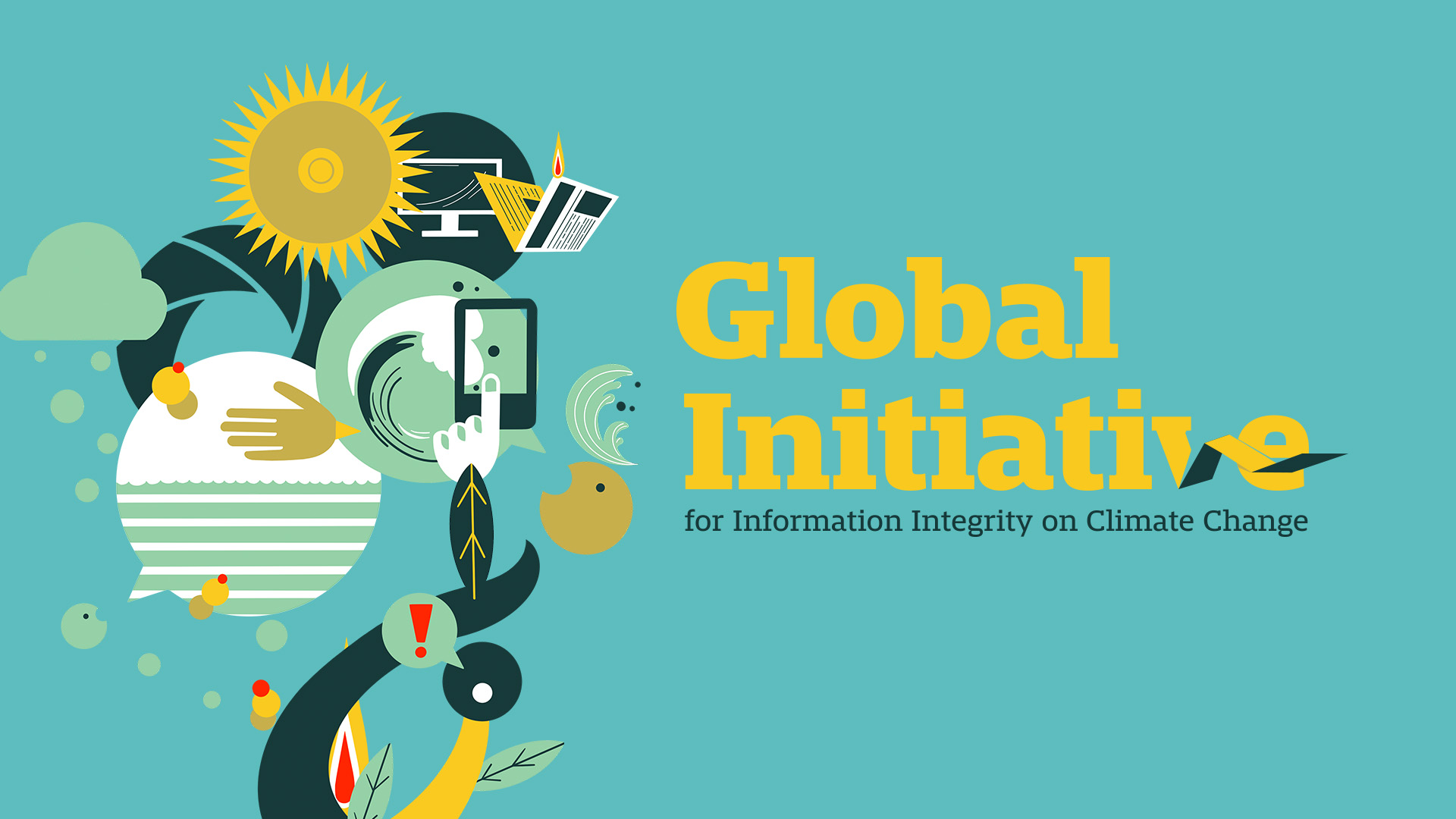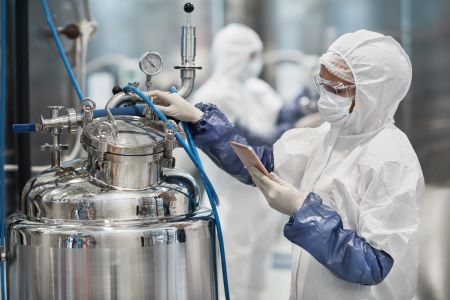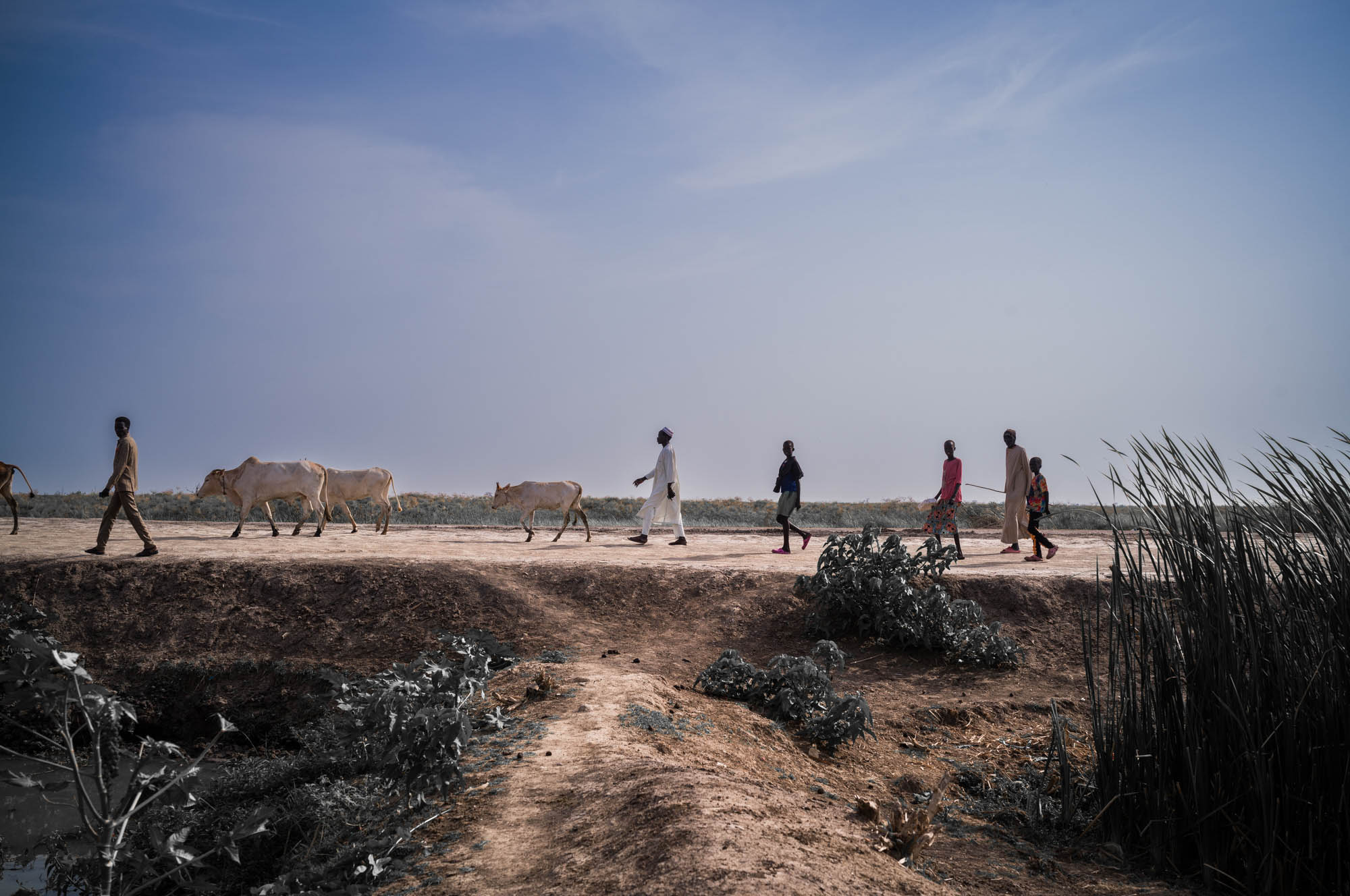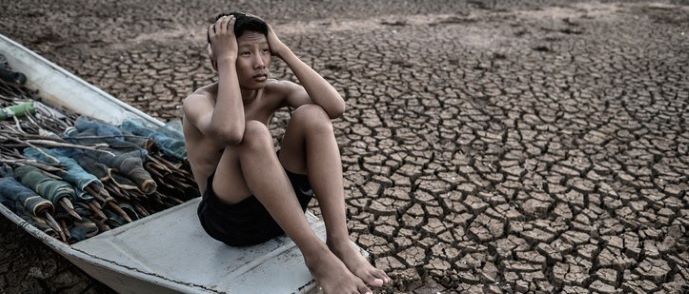
Researchers Push for Changes to International Treaties to Protect the Planet
Researchers have found that fossil fuel companies are increasingly suing countries for billions of dollars over climate policies. In response, they are advocating for changes to international treaties to better protect the planet and promote sustainable development goals (SDGs).
Keystone XL Pipeline and Legal Fallout
The Keystone XL oil pipeline, which was highly controversial for over a decade, was recently canceled. However, the Canadian company behind the pipeline, TC Energy, is now suing the United States government for $15 billion in lost profits. They are using an investor-state dispute settlement (ISDS) mechanism, which allows private entities to sue foreign governments outside of their home court system. Boston University researchers have found that ISDS cases are increasingly targeting climate-friendly policies.
According to Kevin P. Gallagher, a professor at Boston University, this case is the largest ISDS ever brought by a fossil fuel investor and the largest claim initiated against climate-related policy. The researchers estimate that ISDS cases brought by fossil fuel companies could result in over $340 billion worth of suits worldwide.
Gallagher is concerned that the threat of costly lawsuits from private industry could discourage governments from passing new climate policies. This poses a significant problem as the need to transition away from fossil fuels becomes more urgent in the face of the climate crisis.
Advocating for Change
The researchers are using their findings to advocate for changes to international trade deals that better protect countries passing laws to safeguard the environment. They are particularly focused on banning offshore drilling and conserving public lands. They have taken their argument to the United Nations to build international momentum for change.
Challenges of Keeping Fossil Fuels in the Ground
The Keystone XL pipeline would have transported tar sands oil, which is considered an expensive and dirty source of oil. Fossil fuel extraction, processing, and burning are the largest contributors to greenhouse gas emissions. However, the researchers warn that ISDS cases leveraged by oil and gas companies are threatening strong climate action.
Another study by the researchers found that the majority of the financial risk of ISDS falls on countries in the Global South, undermining climate justice commitments. The researchers argue that the world’s largest international energy agreement, the Energy Charter Treaty (ECT), needs to be reformed as it is being used to protect fossil fuel companies raising investor-state disputes.
Building Momentum for Change
The researchers have filed written testimony to the United Nations Office of the High Commissioner for Human Rights, which was presented to the UN’s General Assembly. They recommend reforming the ECT and updating its language to reduce legal risks for countries that withdraw from it.
Despite challenges, there is growing momentum for change, with countries withdrawing from the ECT and calling for updates to protect their interests. The researchers hope to inform policymakers that investment treaties with ISDS mechanisms cause more harm than good for their national populations.
Conclusion
The Boston University researchers’ work has played a small part in raising awareness about the risks of ISDS and advocating for treaty reforms that support clean energy transition and remove harmful provisions. By addressing these challenges, countries can better protect the planet and achieve the SDGs.
SDGs, Targets, and Indicators Analysis:
1. Which SDGs are addressed or connected to the issues highlighted in the article?
- SDG 7: Affordable and Clean Energy
- SDG 9: Industry, Innovation, and Infrastructure
- SDG 13: Climate Action
- SDG 16: Peace, Justice, and Strong Institutions
- SDG 17: Partnerships for the Goals
The issues highlighted in the article are connected to these SDGs as they involve the protection of the environment, climate action, sustainable development, and the need for international cooperation and partnerships.
2. What specific targets under those SDGs can be identified based on the article’s content?
- SDG 7.2: Increase substantially the share of renewable energy in the global energy mix.
- SDG 9.1: Develop quality, reliable, sustainable, and resilient infrastructure.
- SDG 13.2: Integrate climate change measures into national policies, strategies, and planning.
- SDG 16.3: Promote the rule of law at the national and international levels and ensure equal access to justice for all.
- SDG 17.17: Encourage and promote effective public, public-private, and civil society partnerships.
The article’s content highlights the need to increase renewable energy sources, develop sustainable infrastructure, integrate climate change measures into policies, promote the rule of law, and encourage partnerships for effective action.
3. Are there any indicators mentioned or implied in the article that can be used to measure progress towards the identified targets?
- Indicator for SDG 7.2: Share of renewable energy in the total final energy consumption.
- Indicator for SDG 9.1: Proportion of the rural population who live within two kilometers of an all-season road.
- Indicator for SDG 13.2: Existence of national adaptation plans and strategies for climate change.
- Indicator for SDG 16.3: Proportion of the population who have experienced a dispute in the past two years and who accessed a formal or informal dispute resolution mechanism.
- Indicator for SDG 17.17: Number of countries with mechanisms in place to enhance policy coherence of sustainable development.
The article implies the need to measure the share of renewable energy, accessibility to infrastructure, existence of climate change adaptation plans, access to dispute resolution mechanisms, and the implementation of policy coherence mechanisms.
SDGs, Targets, and Indicators Table:
| SDGs | Targets | Indicators |
|---|---|---|
| SDG 7: Affordable and Clean Energy | Increase substantially the share of renewable energy in the global energy mix. | Share of renewable energy in the total final energy consumption. |
| SDG 9: Industry, Innovation, and Infrastructure | Develop quality, reliable, sustainable, and resilient infrastructure. | Proportion of the rural population who live within two kilometers of an all-season road. |
| SDG 13: Climate Action | Integrate climate change measures into national policies, strategies, and planning. | Existence of national adaptation plans and strategies for climate change. |
| SDG 16: Peace, Justice, and Strong Institutions | Promote the rule of law at the national and international levels and ensure equal access to justice for all. | Proportion of the population who have experienced a dispute in the past two years and who accessed a formal or informal dispute resolution mechanism. |
| SDG 17: Partnerships for the Goals | Encourage and promote effective public, public-private, and civil society partnerships. | Number of countries with mechanisms in place to enhance policy coherence of sustainable development. |
Copyright: Dive into this article, curated with care by SDG Investors Inc. Our advanced AI technology searches through vast amounts of data to spotlight how we are all moving forward with the Sustainable Development Goals. While we own the rights to this content, we invite you to share it to help spread knowledge and spark action on the SDGs.
Fuente: bu.edu

Join us, as fellow seekers of change, on a transformative journey at https://sdgtalks.ai/welcome, where you can become a member and actively contribute to shaping a brighter future.

.jpg)




